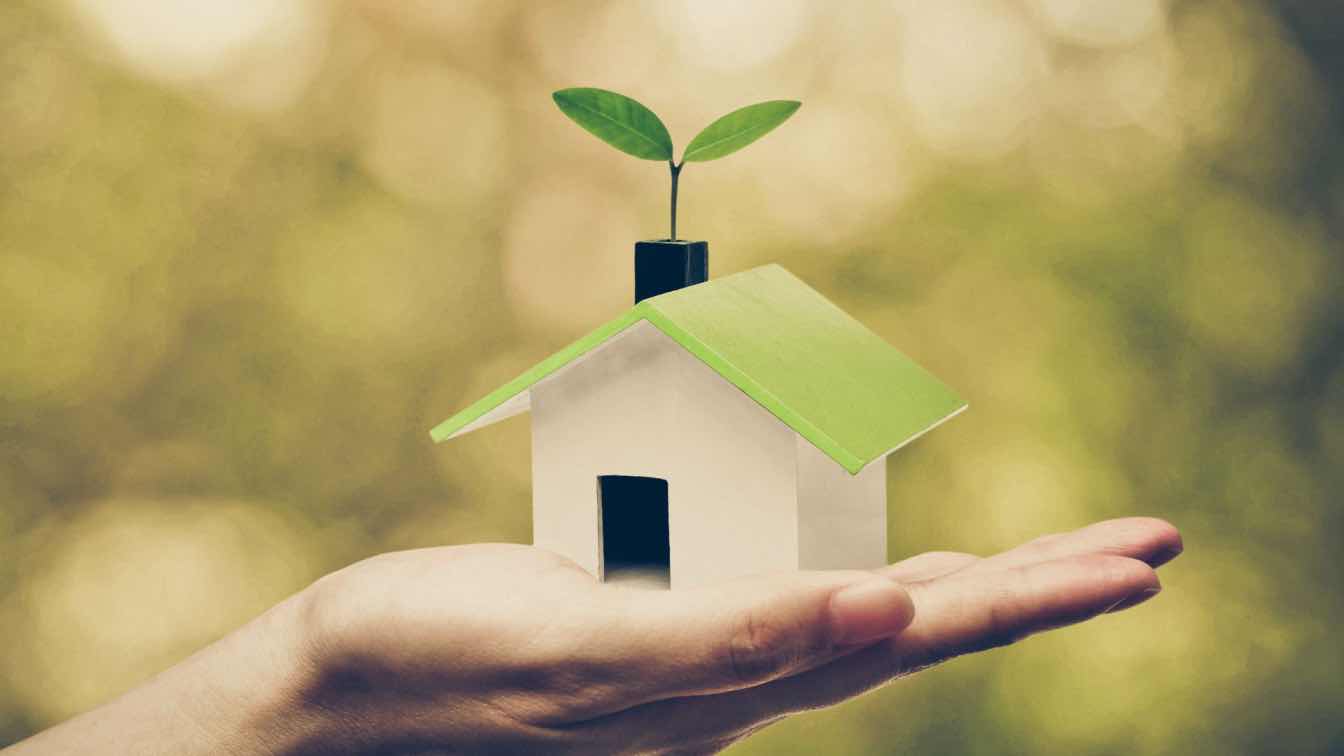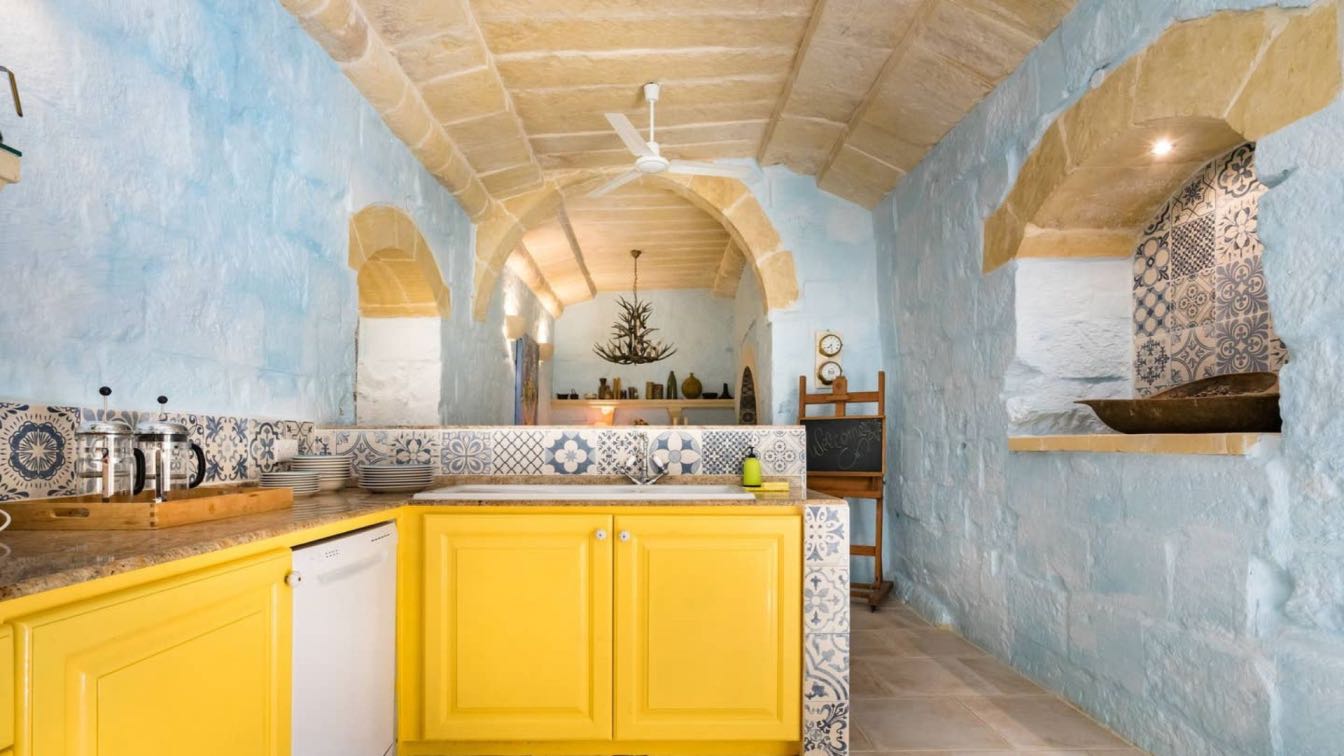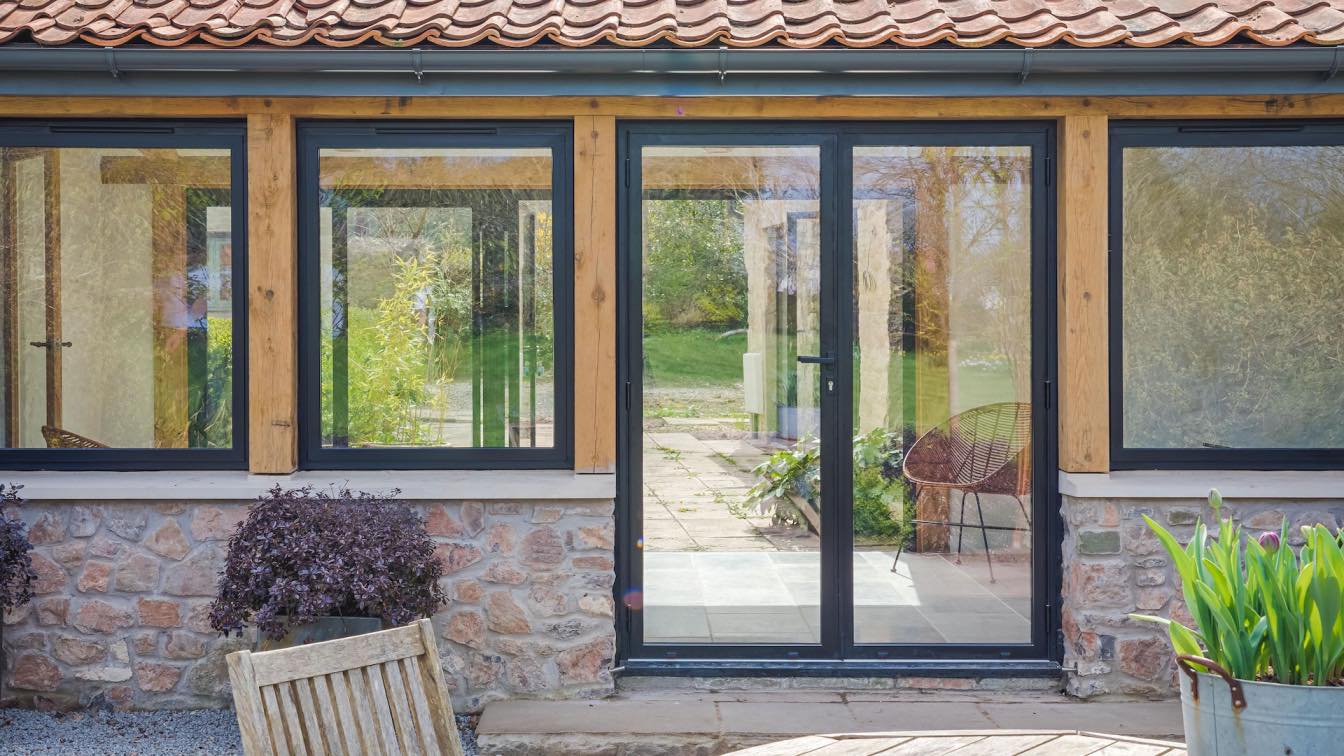A LEED certification is the gold standard for green architecture. It provides builders, business owners, and homeowners with a comprehensive framework to create truly sustainable living spaces that benefit both the environment and their wallets. Below, we take a deep dive into everything a home needs to be LEED certified.
What Is the LEED Certification?
The Leadership in Energy and Environmental Design (LEED) rating system, established by the US Green Building Council in 1998, has become the most widely recognized benchmark for green building practices. This certification system evaluates buildings, including homes, based on their environmental performance across multiple categories related to comfort, cost-effectiveness, and health.
The Four Certification Levels
LEED operates on a point-based system where buildings earn credits for incorporating various green strategies. Based on the total points achieved, properties receive one of four certification levels: Certified, Silver, Gold, or Platinum. Each level represents an increasingly sophisticated commitment to environmental stewardship and sustainable design.
Certified Level (40-49 points): The entry level demonstrates basic green building practices and environmental responsibility.
Silver Level (50-59 points): Represents enhanced environmental performance with more sophisticated green building strategies.
Gold Level (60-79 points): Signifies advanced sustainable design requiring innovative approaches and significant environmental benefits.
Platinum Level (80+ points): The highest achievement level, representing exceptional environmental performance and cutting-edge sustainable design.
Key Requirements for LEED Homes
Now, let’s discuss everything a home needs to be LEED certified.
Energy Efficiency Standards
Energy performance forms the foundation of LEED certification. Homes must demonstrate superior energy efficiency through high-performance building envelopes, efficient heating and cooling systems, and strategic design choices. Insulation is key here. For instance, one of the reasons to install more insulation is that it significantly contributes to a home’s overall energy performance score.
Moreover, LEED homes typically feature advanced window systems, efficient lighting, and ENERGY STAR–rated appliances. These elements work together to reduce overall energy consumption and lower monthly utility bills for homeowners.
Water Conservation Features
Water efficiency represents another critical component of LEED certification. Homes must incorporate water-saving fixtures, efficient irrigation systems, and strategies to manage stormwater runoff. Low-flow faucets, dual-flush toilets, and drought-resistant landscaping are common features in certified homes.
Indoor Environmental Quality
LEED-certified homes prioritize occupant health through superior indoor air quality and natural lighting. This involves using low-emission building materials, implementing proper ventilation systems, and maximizing access to daylight. These features create healthier living environments while reducing reliance on artificial lighting and mechanical ventilation.
Sustainable Materials and Resources
The certification process requires careful selection of building materials based on their environmental impact. This includes using locally sourced materials, recycled content products, and rapidly renewable resources. Take roofing as an example. The benefits of sustainable roofing extend beyond environmental impact to include improved durability and energy performance.
Wrapping Up With Procedural Tips
Achieving LEED certification requires careful planning from the design phase through construction and operation. Working with LEED-accredited professionals ensures that your project meets all requirements and maximizes point potential across all categories.
The certification process also involves third-party verification of green building strategies, ensuring that certified homes truly deliver on their environmental promises. This verification provides homeowners with confidence that their investment in sustainable building practices will yield long-term benefits for both their family and the environment.
Ultimately, LEED certification transforms houses into high-performance homes that support healthier living while reducing environmental impact. For homeowners and architects committed to sustainability, LEED provides a clear roadmap to creating spaces that benefit both present occupants and future generations.





